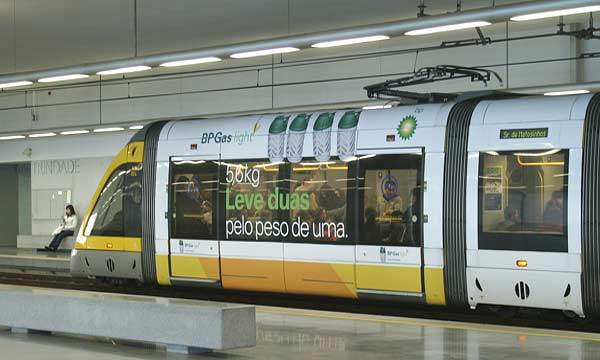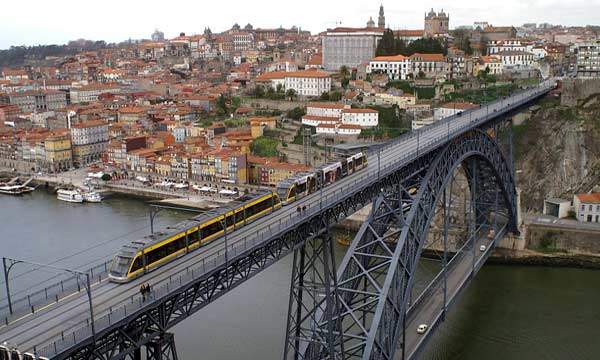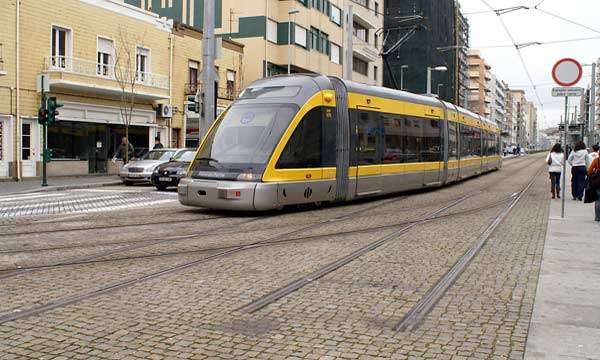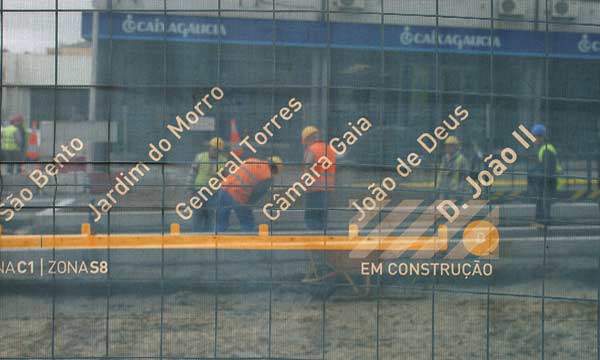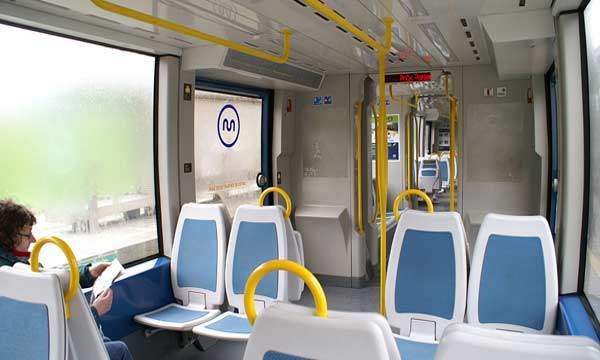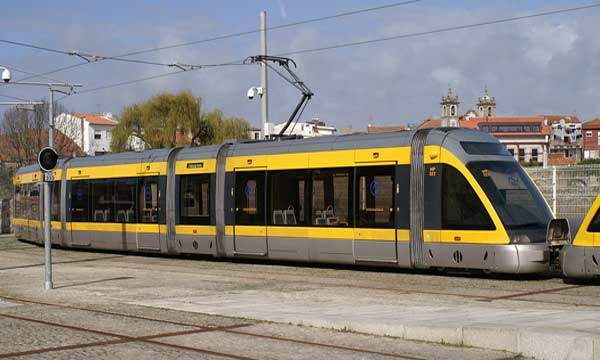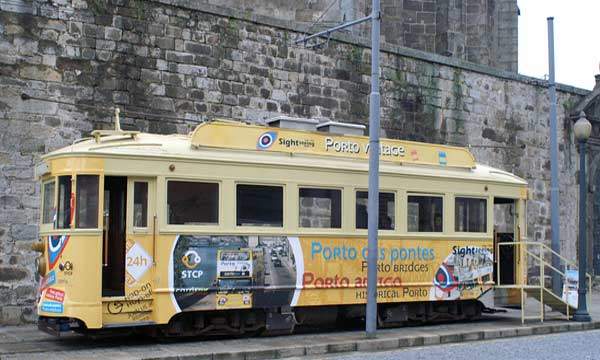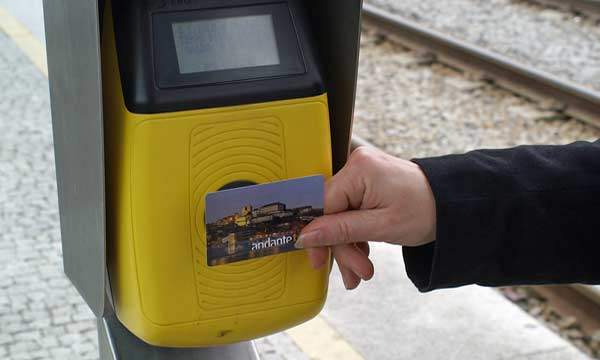Famous for its association with Port wine, Porto is Portugal’s second-largest city and principal centre for the north of the country. In recent years the population in the central districts has decreased, although overall the municipalities making up the metropolitan area have grown, and this redistribution has increased traffic problems on roads largely unsuited to such demands.
The first substantial projection of light rail to solve urban congestion came in 1989. With shareholders including the metropolitan and local authorities, national rail body CP and the Portuguese state, Metro do Porto SA was incorporated in 1993.
The project
In November 1997, a turnkey contract was awarded to the specially formed consortium Normetro, an international grouping that would include Bombardier, Transdev, Soares da Costa, Somague, Impregilo, Balfour Beatty Rail and Semaly. The first workings began in March 1998. Following testing from 2001 and a period of free operation, revenue services began on a Line A section in January 2003, with one million passenger journeys recorded by that March.
With the estimated cost on opening at about €1.3bn, finance drew upon funds of national and local government, also the European Community. In 2006 the first phase of the Porto Metro project was completed, including important openings to Francisco de Sã Carneiro international airport and to the system’s current northern limit, the resort and commuter city of Póvoa de Varzim.
Porto’s traditional surface-running tramway, whose role was in part supplanted by the Metro, was closed down. However, operator Sociedade dos Transportes Colectivos do Porto (STCP) recognised the mode’s appeal to the city’s tourist trade and has instituted three services using historic trams. Also including a tram-for-hire business, in 2006 the STCP ‘eléctricos’ provided around 80,000 journeys.
Infrastructure
The Metro uses 1,435mm gauge and 750V DC overhead electrification throughout. Segregated light rail tracks predominate, although there is some street running and at-grade road crossings, especially at the northern end of Line A and Line D south of the Douro.
The majority of the Metro, notably to the north, reused alignments of a now-removed narrow gauge system that spread from the previous Trinidade station. This was on a site re-deployed for the Metro’s large interchange station for all routes, with Line D passing in tunnel beneath the others. Of the system’s 78 stations, 15 are below ground. Parking sites are adjacent many stops in more rural locations.
The city centre presence of the Metro is low-key, with discreet station entrances and all tracks below ground. Ease of access was designed into the system overall, with widespread lifts and ramps, level access to vehicles and few obstacles to movement. Constructed with two tunnel-boring machines (TBM), the system’s longest tunnel is around 4,000m, taking Line D southwards from near the University Asprela campus beneath the city centre.
Emergence from the tunnel south of São Bento is onto the 400m upper deck of the Ponte Luiz I, high above the River Douro, given over to use by trams and pedestrians.
Substantial modification of this bridge, opened in 1886, was needed for rail use, including complete replacement of the previous road deck.
To replace road traffic capacity lost to Metro use, the new Ponte do Infante was constructed up-stream.
Eventually to accommodate lines A, B, C and E, the 2,300m double-track tunnel between the heavy rail interchange at Campanhã and Trindade was constructed using a TBM between July 2000 and October 2002. Not used by revenue services, the 274m ‘Tunnel J’ was built to connect the two axes of the system – Line D joined the system commercially in September 2005 – near Trinidade. This allowed transfer of stock and gives access to the system’s single depot at Custóias.
Rolling stock
The fleet up to 2008 consisted entirely of 72 bi-directional Adtranz/Bombardier 100% low-floor Eurotrams. Similar to those in service in Milan and Strasbourg, with design inputs from the UK, Portugal and Italy, the seven-section vehicles were assembled in Amadora, Portugal. A subsequent €115m order for 30 Bombardier three-section Flexity Swifts was delivered in 2009. The 70% low-floor, 100km/h (62mph) units are used on longer runs such as Line B to Póvoa de Varzim (which features a limited stop express service) or a future Line C extension to Trofa. The new cars have 100 seats each.
Signalling and communications
Porto Metro is signalled by conventional light rail methods with Bombardier installing a CITYFLO 250 traffic management system monitored from a control centre. Including tunnels and underground stations, the network provides passengers with coverage by mobile telephone networks. Display boards for routes and departure times are provided on platforms, with onboard electronic displays supplemented by Portuguese and English announcements.
The contact-free Andante system with rechargeable cards used throughout the Metro for many ticketing permutations extends to use on STCP and CP services in the metropolitan area, also the Metro-operated Guindais Funicular between the north bank of the Douro to near São Bento station.
The future
Construction is underway on a southwards extension of Line D from João de Deus, part of an intention to give greater Metro coverage south of the Douro in Vila Nova de Gaia.
Other new extensions include the €95m contract for a 6.5km ten-station section of the Line A from the present Estádio do Dragão terminus to Gondomar in the east.
Line C extension is also being extended up to Trofa by further 10km using former narrow gauge alignments. In the longer term, Metro do Porto envisages extra free-standing lines, albeit with interchanges with the rest of the system.

